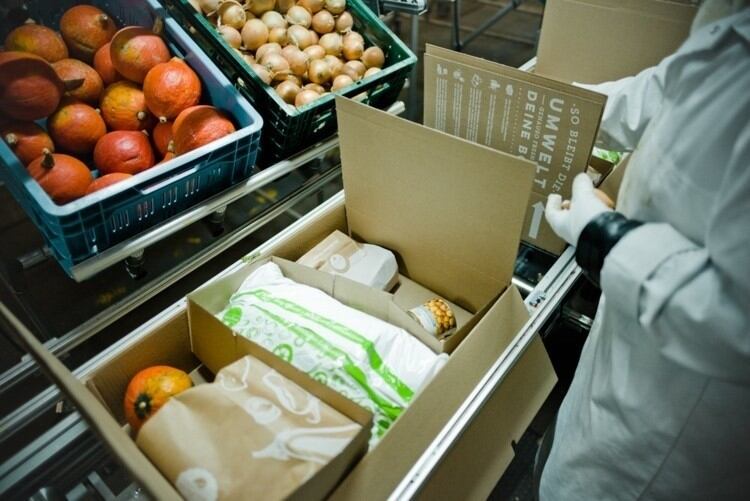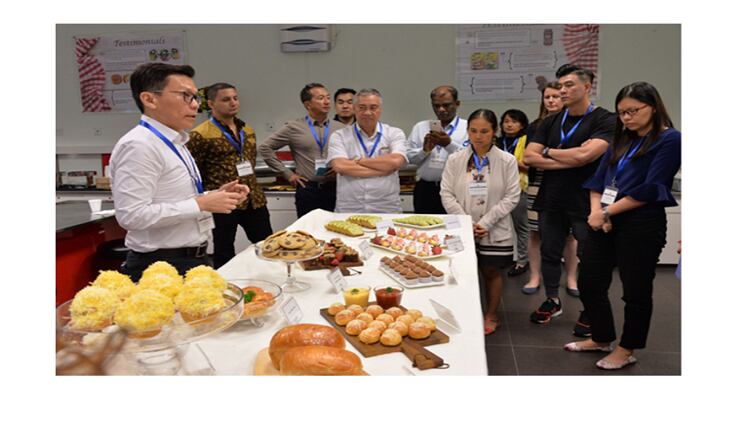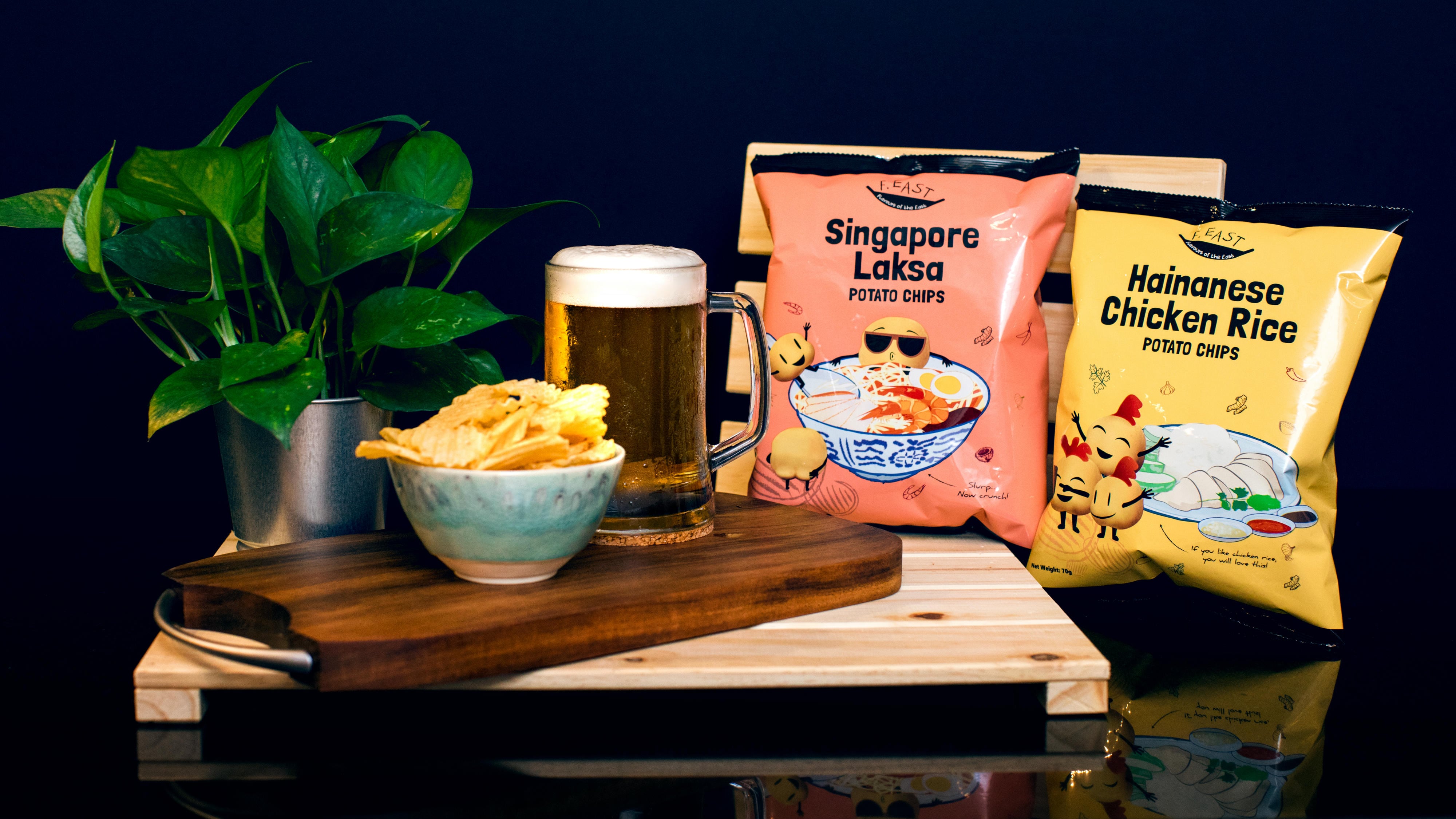The demand for healthier options and heightened consumers’ awareness of how non-biodegradable packaging impacts our environment have resulted in a need for the industry to adapt and address such needs. These trends are driving the food industry to innovate in their products and solutions and show no signs of slowing down.
Balancing the scales with reformulation
With the rising demand for healthier food options, the food industry has a heavy responsibility – not only to develop food and drinks which taste good, but also provide us with nutritious products, that are reasonably priced. This careful balancing act cannot be underestimated.
In June, FIA and IGD launched a study titled ‘Healthier Product Reformulation in Singapore’, which was previewed at the Consumer Goods Forum Global Summit and showed social and commercial demand for healthier products. 80% of companies surveyed have begun reformulating their products to become healthier, and another 16% planning to do so. Top driving factors for reformulation include improving public health (76%) and meeting consumer demand (72%).
Earlier this year, Food Industry Asia (FIA) – the regional association representing Asia’s food and beverage industry – hosted the first “FIA Food for the Future Summit” in Singapore to convene regional CEOs and senior executives to explore how innovation can propel the sector while addressing today’s global food demands.
At the Summit, Mr Heng Swee Keat, Minister for Finance announced FoodInnovate, a multi-agency initiative led by Enterprise Singapore to catalyse knowledge exchange, encourage food innovation efforts and assist companies to tap into the expertise of larger corporations, food scientists and industry associations like FIA.
Creating the right recipe
Several food producers here are already ahead of the curve in terms of innovating food products. A recent study commissioned by Enterprise Singapore found that at least one-third of food manufacturers are already innovating, be it through the use of new ingredients or the development of products catering to niche sectors. Most recently, the Health Promotion Board (HPB) shared that more companies have applied for the Healthier Development Ingredient Scheme, which disburses a grant to support manufacturers in developing and promoting healthier ingredients. An encouraging one-fifth of S$35 million in funding to be disbursed over three years has been allocated to 26 successful grant applicants.
Food companies of all sizes in Singapore are seeing the business and social value in innovation. Plant-based proteins, sugar alternatives and texture-modified foods are just some of the trends gaining ground here due to growing pressures to address national health priorities and evolving consumer preferences.
One example is Alchemy Foodtech, which has created a low glycemic index (GI) fibre that can be added to conventional carbohydrates such as rice, bread and noodles – commonplace staples in every Singaporean’s meal – to lower the GI of that food product, without compromising the taste. Life3 Biotech, a foodtech start-up from the National University of Singapore, has developed a plant-based protein called Veego to offer a meat alternative that leaves minimal impact on the environment, a growing concern for eco-conscious Singaporeans.
Developing the right infrastructure
One of the recent collaborations launched this year under FoodInnovate is the High Pressure Processing (HPP) Resource Sharing Facility. HPP extends the shelf life of food products and preserves their nutritional and sensorial quality. The facility was the result of a collaboration between the Warehouse Logistics Net Asia, the Food Innovation Resource Centre and Enterprise Singapore. The pay-per-use model means that food companies need not fork out hefty upfront investments in equipment, but are still able to benefit from these advanced technologies. Some of your favourite local juice companies, including Juix Up, HIC Juice and Daily Juice, are now preserving their cold-pressed juices using HPP technology.
As with any industry, the challenge for smaller enterprises and start-ups is having the capability and capacity to create and test the commercial viability and scalability of products. Larger companies face their own production hurdles too, like having to stop existing production lines to test-run new food products, resulting in high disruption costs.
A small batch production facility within the JTC Food Hub @Senoko – a shared food manufacturing development – will be established to mitigate these pain-points. When ready by end 2019, companies will be able to rent advanced equipment on a pay-per-use basis to experiment and produce small batches of new products, thus allowing them to innovate while minimising costs. To date, more than 15 food companies have expressed their interest to use the facility.
Singapore as Asia’s leading food and nutrition hub
FIA and FoodInnovate are just two platforms that advance the food innovation agenda. To establish Singapore as a leading food and nutrition hub in Asia, government agencies, industry bodies, food manufacturers and other stakeholders must seek new and different ways to collaborate. In a few years’ time, we should see higher commercialisation rates of new, innovative, high quality, functional and more attractive Singapore food products here and overseas.




